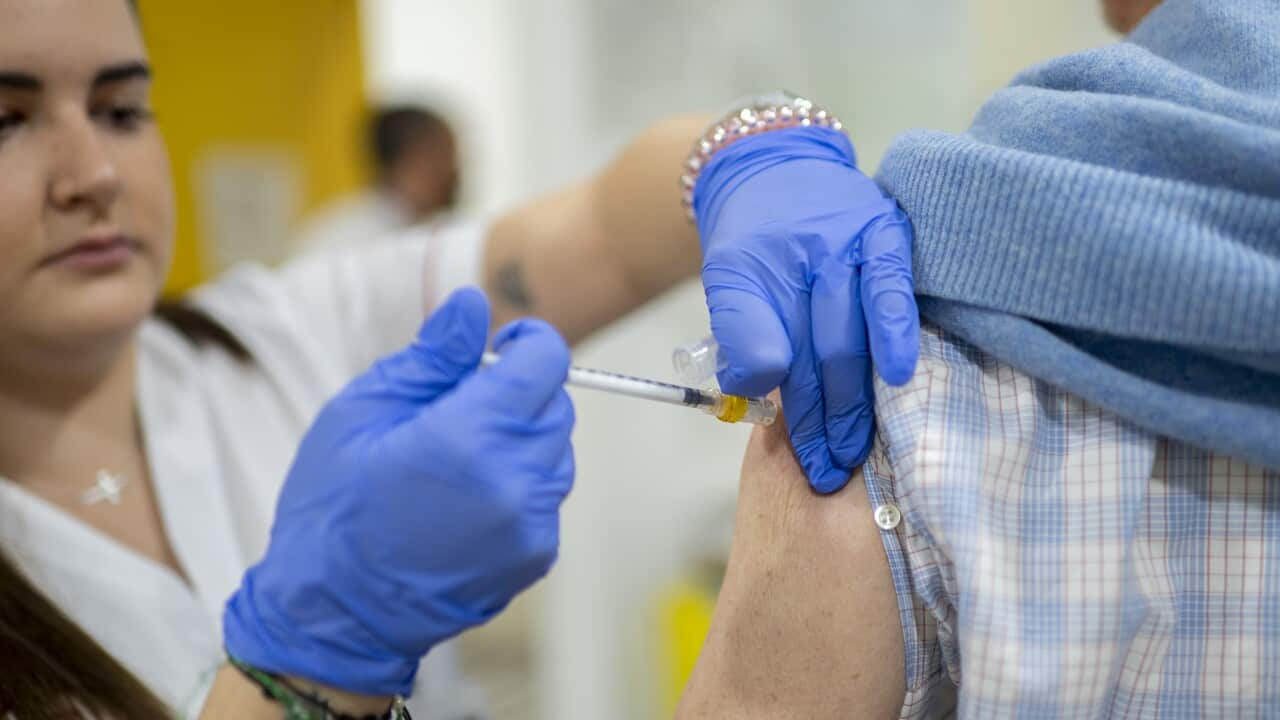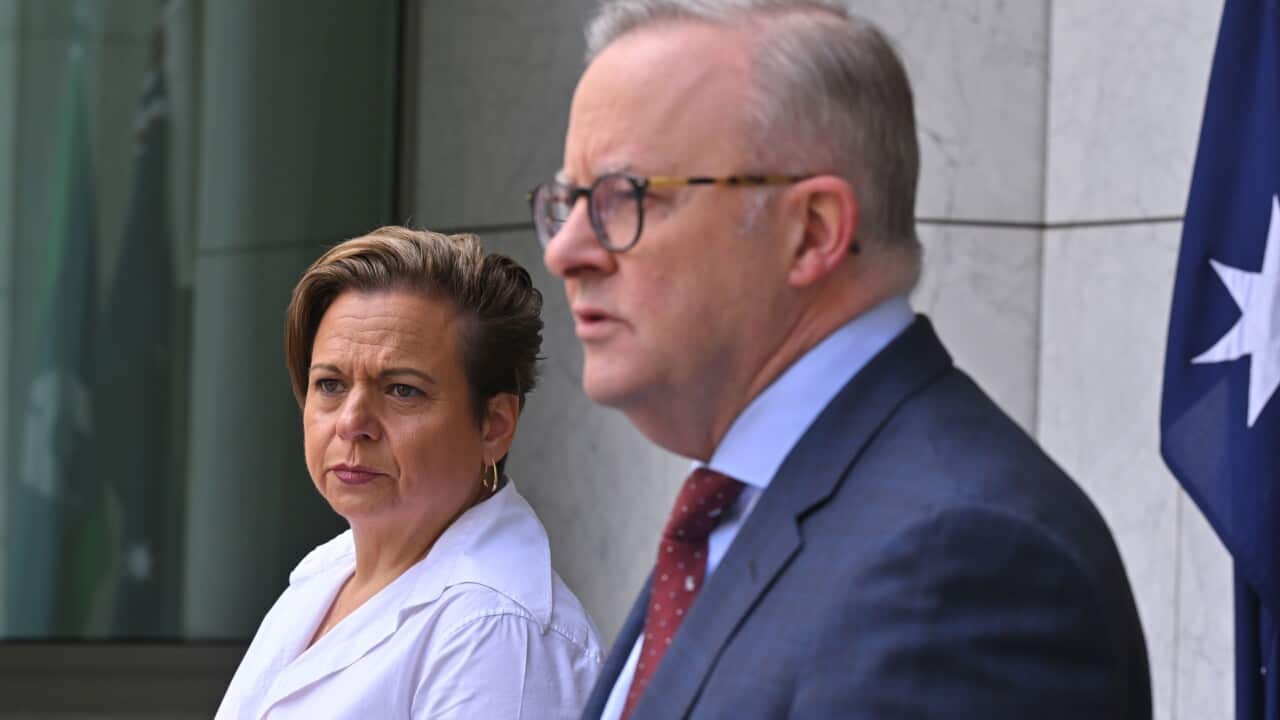Ever been scrolling through your Instagram feed, or the comments on a Facebook post, and thought: 'Hmm, that doesn't seem right'?
Maybe it's a clickbait-y headline, an account with no profile and no friends spamming others with dodgy-sounding statistics, or a political hashtag being promoted by what look like bots.
If any of these are familiar, there's a chance you've been exposed to misinformation or disinformation.
At least 26 per cent of Australians rely on social media as their primary source of news, according to a 2024 report released by behaviour change communications company Shannon Behaviour Change.
But just 24 per cent of people think social media and online platforms are successfully regulating misinformation and disinformation.
And with Australia in the middle of an, there's a high chance that in your travels through the internet, you'll encounter information that isn't true.
So, how can you spot it and verify it?
Misinformation versus disinformation
Misinformation is incorrect or false information that people spread without intending to deceive others, often because they genuinely think it's true. Misinformation may be shared by mistake or due to ignorance.
Disinformation is malicious: the person distributing it knows the information is false, biased or misleading and is sharing it to deceive people.
Disinformation can also become misinformation if it's spread by people who believe it is actually true.
Why do people spread misinformation and disinformation?
False information can come from many different sources, from foreign governments to online conspiracy theorists. They may be receiving a financial incentive to spread disinformation, aiming to promote a particular political agenda, or they may simply be trolls wanting to sow online discord.
Dr Denise Goodwin, co-director of health programs at BehaviourWorks Australia at Monash University, specialises in data collection and management. She said the rise in both misinformation and disinformation was linked to the idea of a "post-truth" society.
"Objective facts are less influential than emotional or ideological appeals, which is often exploited by politicians and state actors to sway public opinion, further polarising societies," she said.
Common types of misinformation and disinformation
The Australian eSafety commissioner has a helpful resource page about misinformation and disinformation, which includes questions to ask yourself when encountering suspicious information online.
For example, does the content seem extremely one-sided, or "too good to be true"? Is there evidence presented in the story that justifies the claims it makes?
The eSafety Commission stresses the importance of using critical thinking to question the content you’re seeing.

These questions from the eSafety commissioner can help you stay alert to misinformation and disinformation. Credit: SBS
Signs of doctored images can include blurring, pixelation or inconsistent skin tones and textures, while video may be low quality or contain glitches and inconsistent sound or lighting.
One helpful tool to identify potentially doctored images is reverse image searching, which is possible through search engines like both Google and Bing, as well as other image searching sites.
Reverse image searching can help you find other instances where an image has been used and provide more context about its origin.
There are a number of topics where you might encounter fake information.
In recent years, misinformation and disinformation about the COVID-19 vaccine spread rapidly on platforms like Facebook.
Climate change misinformation is also prevalent online and may include things like false or distorted scientific data.
According to the State of Change report, there is a risk to Australian democratic institutions and processes due to the growing prevalence of "false narratives and conspiracy theories".
Goodwin said there are "significant" political implications of misinformation and disinformation.
"They undermine trust in democratic institutions, erode the credibility of the media, and facilitate societal polarisation," she said.
"This creates an atmosphere of distrust that weakens political accountability and destabilises systems, making them vulnerable to populist leaders who exploit public scepticism of credible information."
Misinformation and disinformation might also contain a nugget of truth among the falsehoods, making it seem more legitimate. That's why it's important to fact-check content you see online.
How to fact-check information
Luckily, there are lots of ways you can fact-check.
According to the State of Change report, when encountering misinformation or disinformation, 33 per cent of people surveyed did nothing.
But 38 per cent checked alternative sources for verification and 30 per cent said they commented on posts or told others that it was misinformation.
There are a number of websites working to verify information and debunk misinformation, including United States-based FactCheck.org, Snopes.com and the Australian Associated Press' AAP FactCheck.
Doing your own research is another important step for verifying information you see online, particularly using well-respected media outlets or government department websites.
Eighty-eight per cent of people surveyed in the report sought to verify information they saw on news or social media.
The most common way of doing this was searching for information through Google or another search engine, followed by reading additional articles and then reading information from experts.

The most common way people verify information is through Google or another search engine. Credit: SBS
They range from training resources offered by organisations like First Draft News to interactive games like Deakin University’s Libertas Veritas game, where you play a government official looking to spread propaganda.
These resources can help you understand why and how lies are spread online.
What about government regulation?
The Digital Industry Group, a non-profit industry association, has a voluntary code of practice of disinformation and misinformation, established in 2021 after a request from the Australian government. Its signatories include Adobe, Apple, Google, Meta, Microsoft, Redbubble, and TikTok, among others.
The Australian Communications and Media Authority (ACMA) monitors the activity of digital platforms under the code and reports back to the government.
Its most recent report in 2023 found there was an "urgent need" to improve transparency around what measures platforms were taking to prevent misinformation and disinformation, and how effective they were.
In late 2024, the that would have given ACMA the power to monitor digital platforms and require them to keep records about misinformation and disinformation.
If ACMA deemed companies had failed to adequately self-regulate, it would have had the power to approve an enforceable industry code of conduct, or introduce minimum standards.
While the bill passed the lower house, it faced criticism from across the political spectrum over fears it would infringe on freedom of speech. Labor then abandoned the bill, saying it had no hope of passing in the Senate.
Seventy-seven per cent of Australians surveyed for the State of Change report said they agreed or strongly agreed that people have a personal responsibility to verify information before sharing it with others.
So if you're tempted to share something or come across information that seems a little suspicious, remember that misinformation and disinformation are out there. But with the right tools, you're equipped to spot it, check it and fight it.









